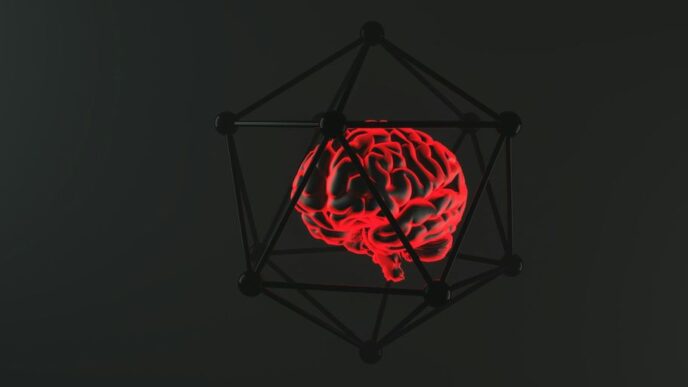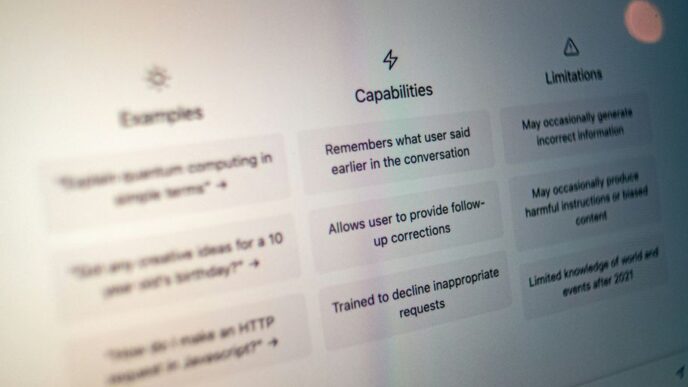Welcome to the future of healthcare! With the advancements in technology, it’s no surprise that spatial computing has made its way into the medical field. Spatial computing is revolutionizing how doctors and nurses approach patient care. It involves creating a digital representation of a physical environment in real-time using various technologies such as augmented reality (AR) and virtual reality (VR). In this blog post, we’ll explore how spatial computing can improve healthcare outcomes and provide examples of its implementation. So sit back, relax, and let us take you on an exciting journey into the world of spatial computing in healthcare!
What is spatial computing?
Spatial computing is an umbrella term that includes a range of technologies used to create digital environments. This technology uses sensors and cameras to track the physical environment, which it then renders into a virtual world in real-time. In other words, spatial computing creates a bridge between the physical and digital worlds.
Augmented reality (AR), virtual reality (VR), and mixed reality (MR) are all examples of spatial computing technologies. AR overlays digital information onto our view of the physical world using devices such as smartphones or smart glasses, while VR immerses users in entirely artificial environments created by computer-generated graphics and sounds.
Spatial computing has numerous applications across various industries, including healthcare. It allows doctors to visualize complex medical data in new ways, such as 3D models of organs or tumors. Spatial computing also enables healthcare professionals to train for procedures without putting patients at risk. By simulating scenarios with virtual patients, doctors can practice their skills before performing them on real people.
Implementing spatial computing requires specialized hardware like headsets or motion-tracking equipment, making it more expensive than traditional methods but providing significant benefits beyond conventional approaches in many cases.
How can spatial computing improve healthcare outcomes?
Spatial computing is a cutting-edge technology that has the potential to revolutionize healthcare. It involves using digital tools to create and manipulate virtual spaces, which can be used in various applications such as medical training, patient diagnosis and treatment planning.
One way spatial computing can improve healthcare outcomes is through its ability to enhance surgical planning and procedures. By visualizing the human body in 3D, doctors can plan surgeries with greater accuracy and precision, reducing the risk of complications during or after surgery.
Moreover, spatial computing can also help patients better understand their health conditions by providing them with interactive models of their bodies. This kind of visualization can increase patient engagement and motivation to follow treatment plans more accurately.
Additionally, spatial computing could enable remote monitoring capabilities for patients at home who require long-term care or have chronic illnesses. Through wearable sensors or other devices connected to a virtual system, physicians could monitor patient’s vital signs remotely allowing early detection of issues before they become critical problems.
Spatial computing has enormous potential in healthcare as it allows physicians access new levels of data-driven insights into patient’s diseases while enhancing communication between doctors and patients ultimately improving health outcomes for all involved parties!
Examples of spatial computing in healthcare
Spatial computing is transforming the healthcare industry by providing innovative solutions to improve patient outcomes. One of the most significant examples of spatial computing in healthcare is the use of virtual reality (VR) and augmented reality (AR). These technologies have proven to be incredibly useful for medical training, patient education, and pain management.
Medical professionals can use VR technology to simulate medical procedures that allow them to practice on a 3D model before performing it on a real patient. This enhances their skills and reduces errors during surgeries or other treatments. AR technology can overlay digital information onto physical objects such as an MRI scan, which makes diagnosis more accessible and less invasive.
Moreover, spatial computing enables hospitals to create personalized treatment plans for patients with chronic illnesses. By creating a 3D model of the affected area using imaging data from MRIs or CT scans, doctors can identify precisely where intervention is required while minimizing damage to surrounding healthy tissue.
Additionally, Virtual Reality-aided therapies have been shown effective in treating PTSD symptoms through exposure therapy techniques without exposing veterans directly into real-life war memories that could worsen their condition further.
Spatial Computing has tremendous potential in improving healthcare outcomes by offering new ways of experiencing medicine positively.
Benefits of spatial computing in healthcare
Spatial computing, also known as immersive technology, is revolutionizing the healthcare industry by providing innovative solutions that enable medical professionals to deliver exceptional care. The benefits of spatial computing in healthcare are numerous and significant.
One of the most prominent advantages of spatial computing is its ability to enhance patient communication and engagement. With virtual reality (VR) technologies, patients can receive an immersive experience that promotes wellness and relaxation during procedures or treatments.
Moreover, spatial computing has proven effective in improving clinical outcomes by providing physicians with real-time data analysis tools and 3D visualization capabilities. This enables them to make informed decisions about patient care while reducing errors.
Spatial computing also helps streamline administrative tasks such as scheduling appointments and tracking inventory levels. By automating these processes through AR-enabled devices, clinicians can spend more time delivering quality patient care.
One lesser-known benefit of spatial computing is its potential for use in medical education. Students can learn anatomy through VR simulations or hands-on training using AR overlays on cadavers or mannequins. This type of learning offers a unique opportunity for students to gain practical experience without risking harm to patients.
It’s evident that spatial computing holds tremendous potential for transforming the way healthcare providers interact with their patients while improving treatment outcomes across the board.
Challenges of implementing spatial computing in healthcare
Implementing spatial computing in healthcare is a challenging task due to various reasons. One of the significant challenges is the lack of skilled professionals who can operate these technologies effectively. The technology requires specialized training, and without it, errors may occur when interpreting results.
Another challenge is privacy concerns related to patient data. Spatial computing systems gather large amounts of sensitive information that must be kept confidential and secure during storage and transmission. Healthcare providers should have robust security protocols in place to protect patient data from unauthorized access.
In addition, integrating these technologies into existing healthcare infrastructure can be difficult due to compatibility issues with legacy systems. It requires significant investment by healthcare organizations to upgrade their hardware and software before they can fully integrate spatial computing into their operations.
Moreover, some patients may not feel comfortable or at ease using such technologies for personal reasons or cultural beliefs, which could limit its adoption rate among certain demographics.
There are regulatory compliance issues that need to be addressed when implementing spatial computing in healthcare settings. The technology must comply with health regulations while maintaining accuracy and precision standards set by industry experts.
Despite the challenges associated with implementing spatial computing in healthcare settings, its potential benefits make it worth exploring further as an innovative solution for improving patient outcomes through advanced analysis techniques combined with real-time location tracking capabilities.
Conclusion
Spatial computing is changing the face of healthcare. It has the potential to transform how doctors and patients interact with each other, reduce errors in diagnoses and treatment plans, improve patient outcomes and streamline overall healthcare operations.
As we have seen from the examples discussed above, spatial computing technologies like AR, VR and 3D imaging are already being used in various medical settings to enhance care delivery. However, there are still challenges that need to be addressed before these technologies can become mainstream. These include issues related to data privacy and security, cost-effectiveness of implementation as well as training for healthcare professionals.
Despite these challenges though, it is clear that spatial computing has immense potential to revolutionize healthcare outcomes. As such, it is only a matter of time before more hospitals and clinics adopt these technologies on a wider scale. This will not only benefit patients but also help health systems achieve greater efficiencies while reducing costs associated with traditional methods of care delivery.











